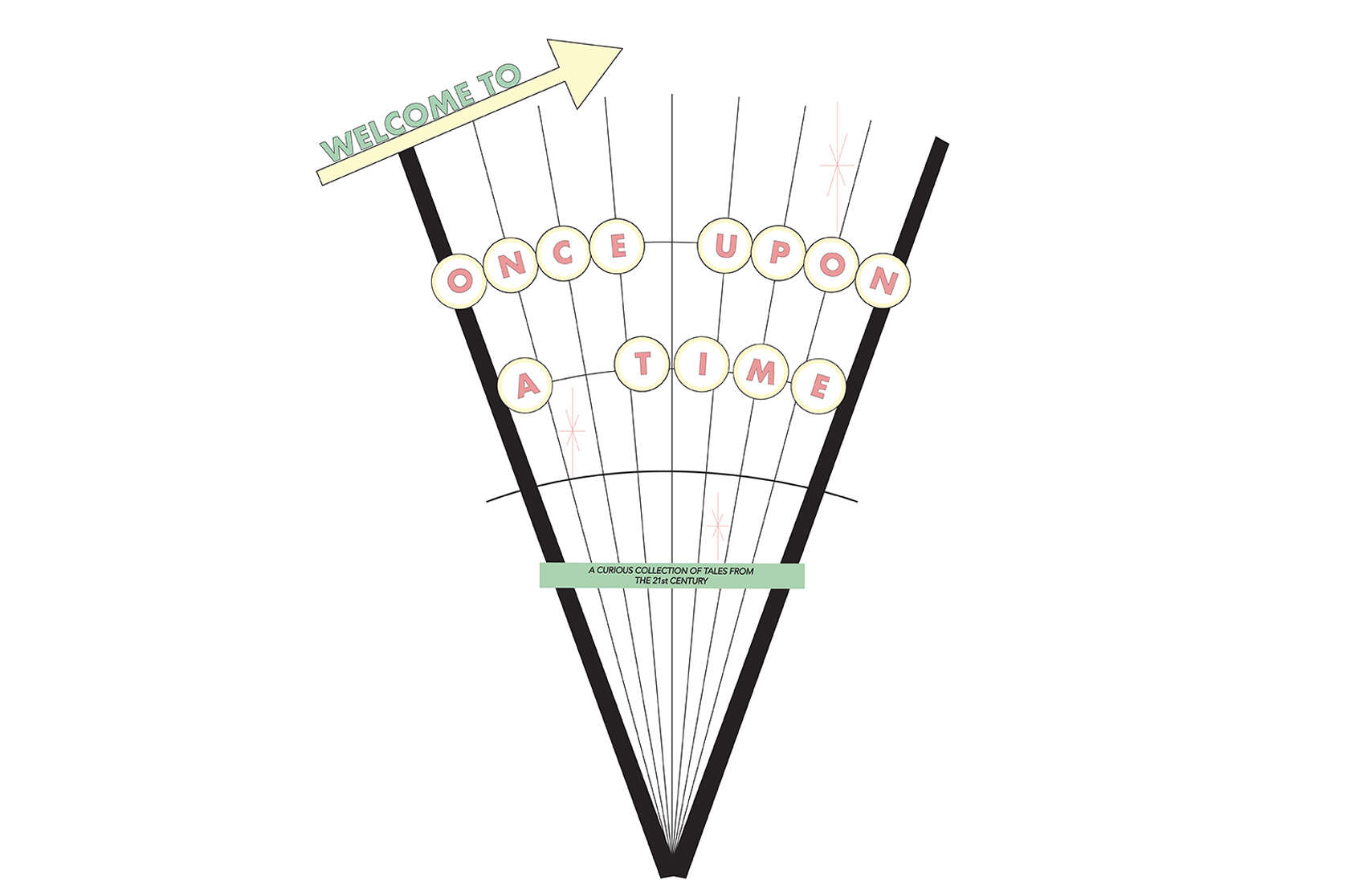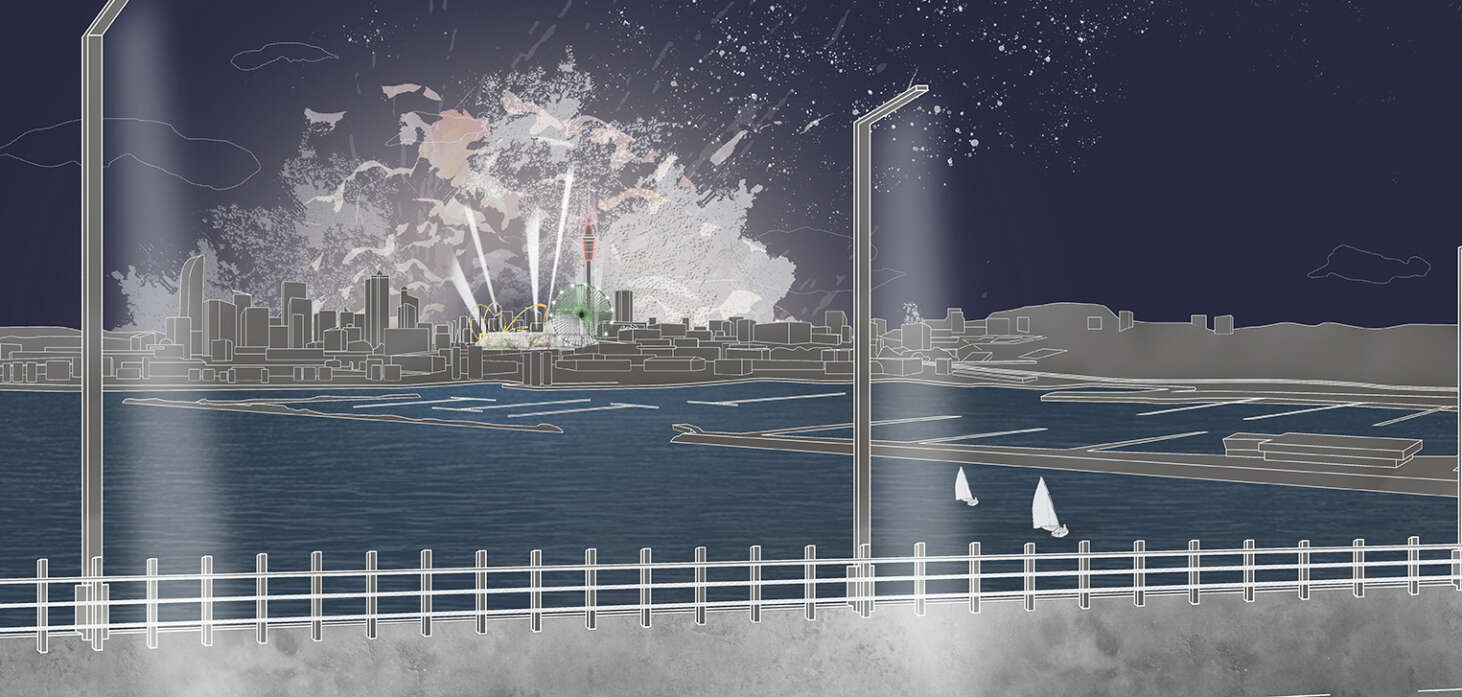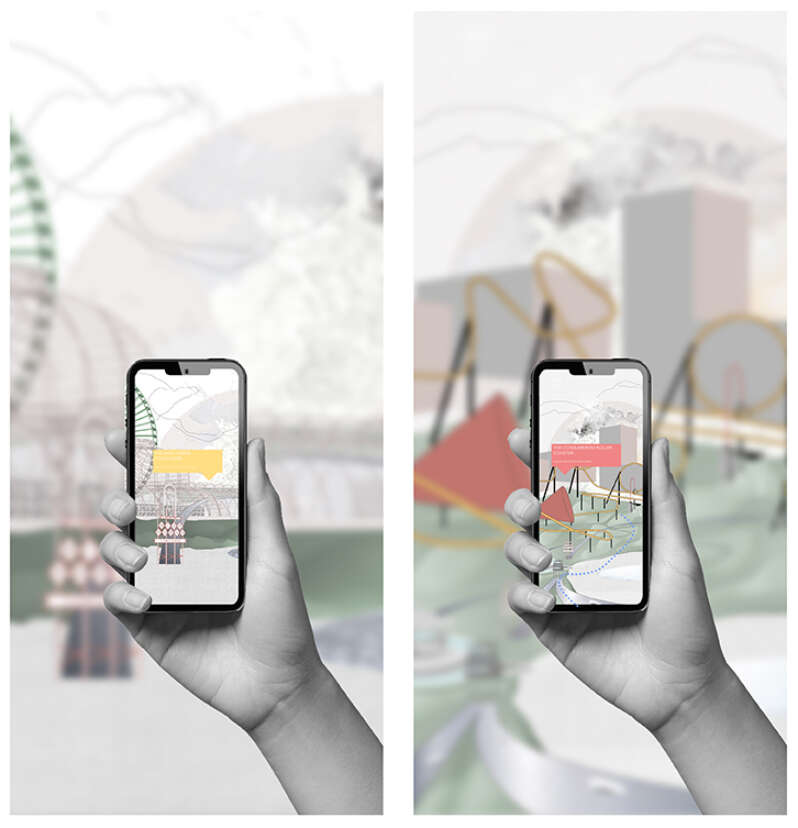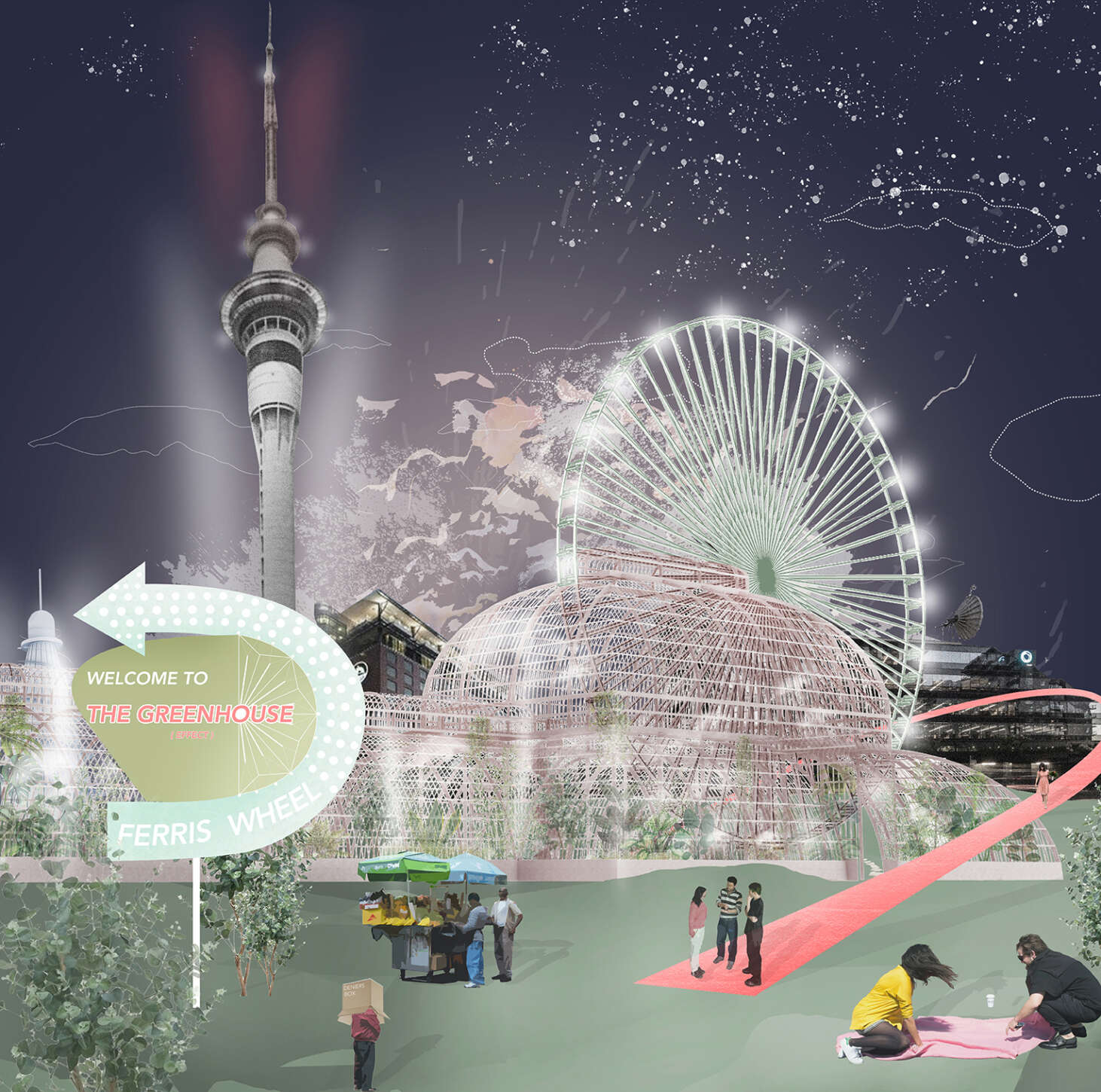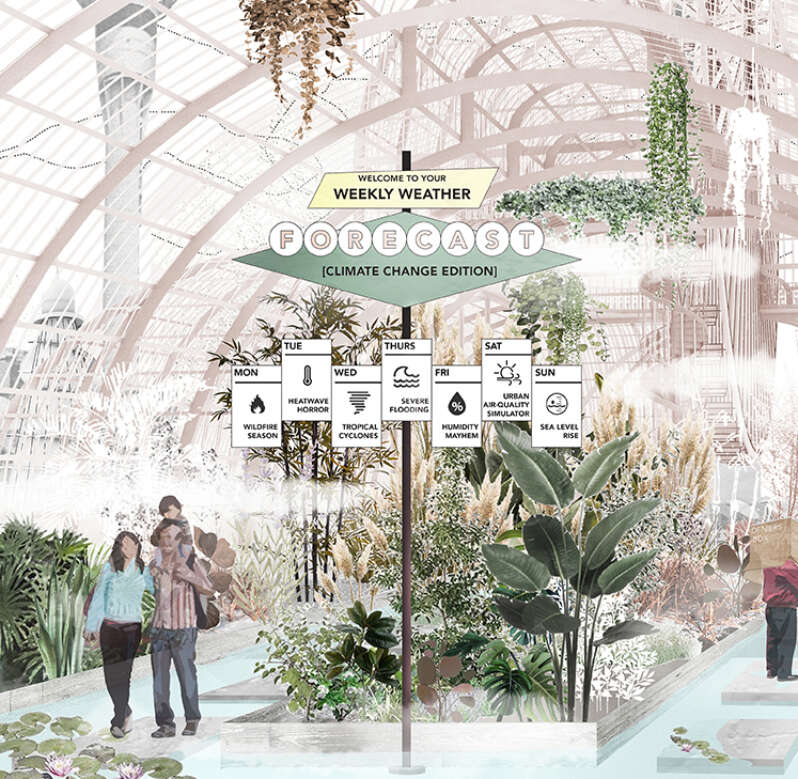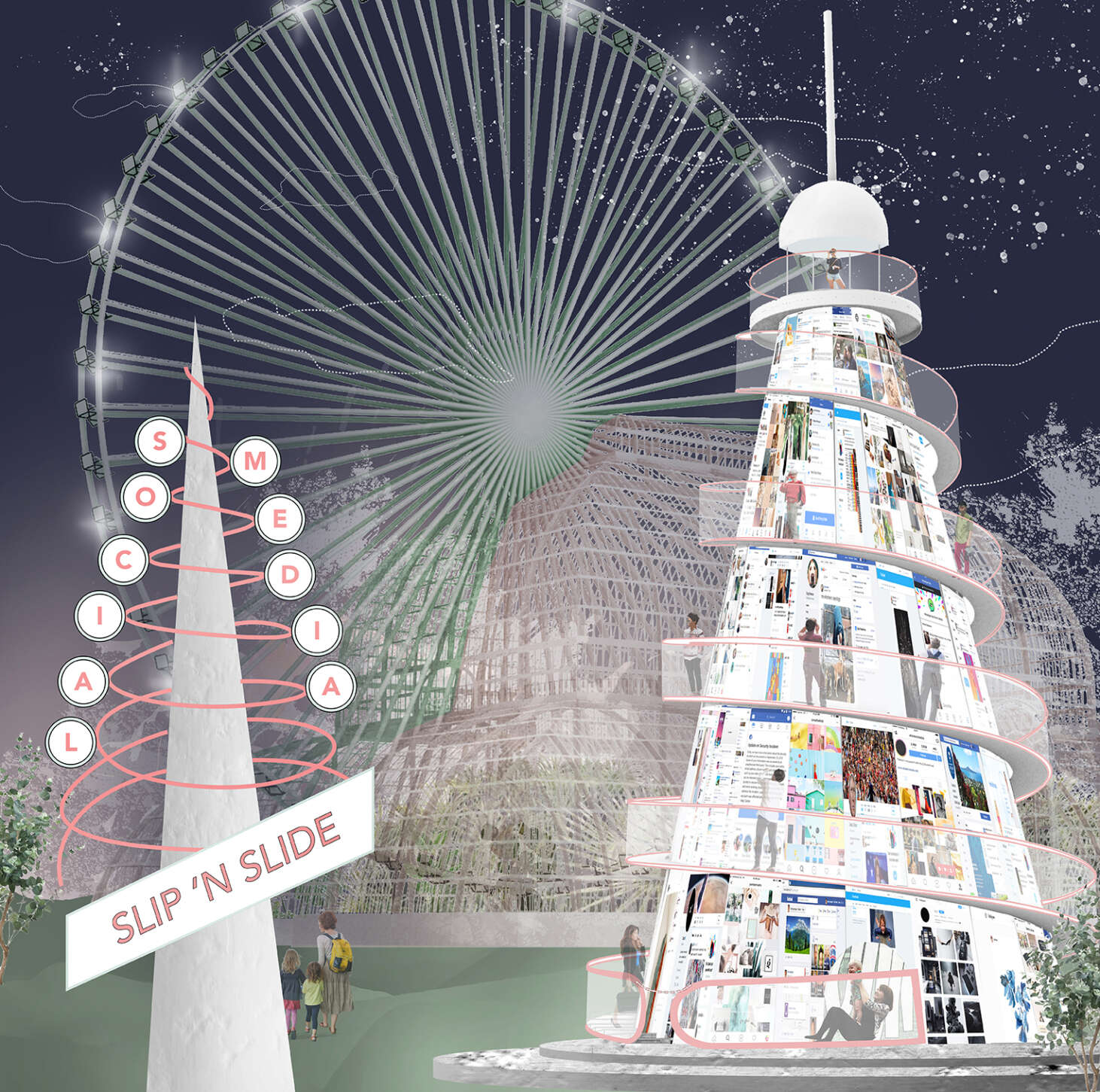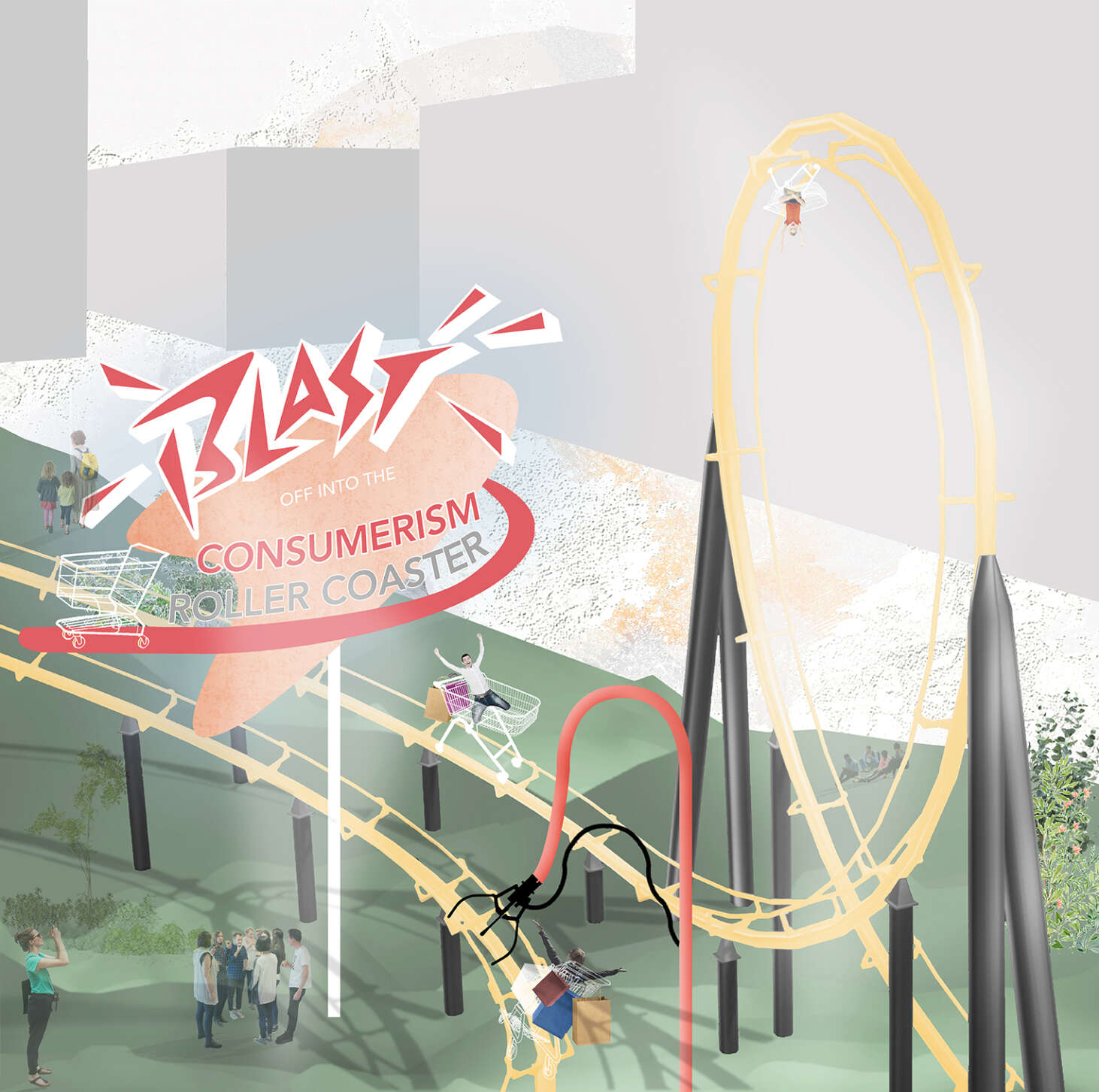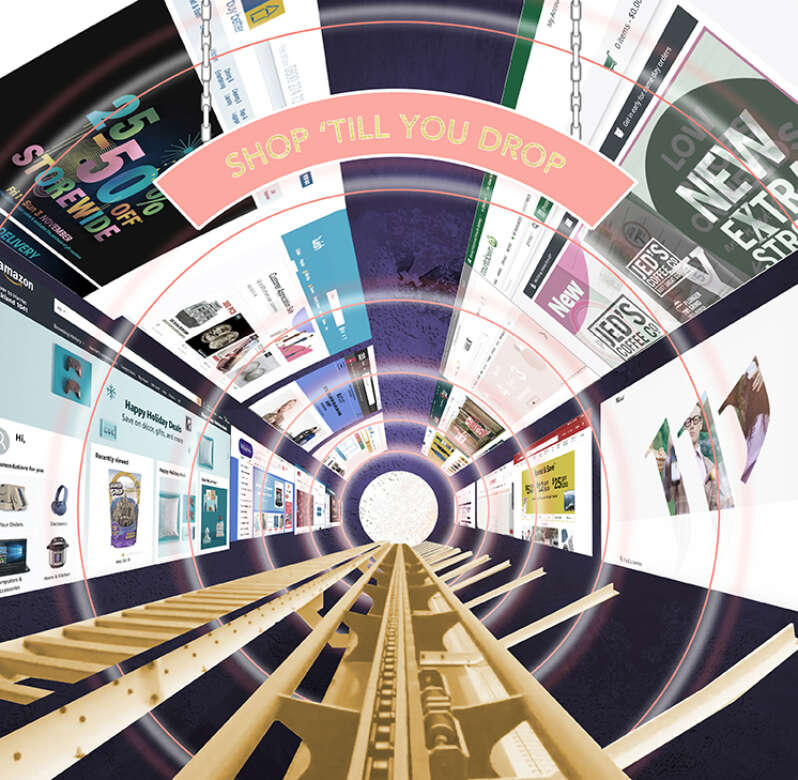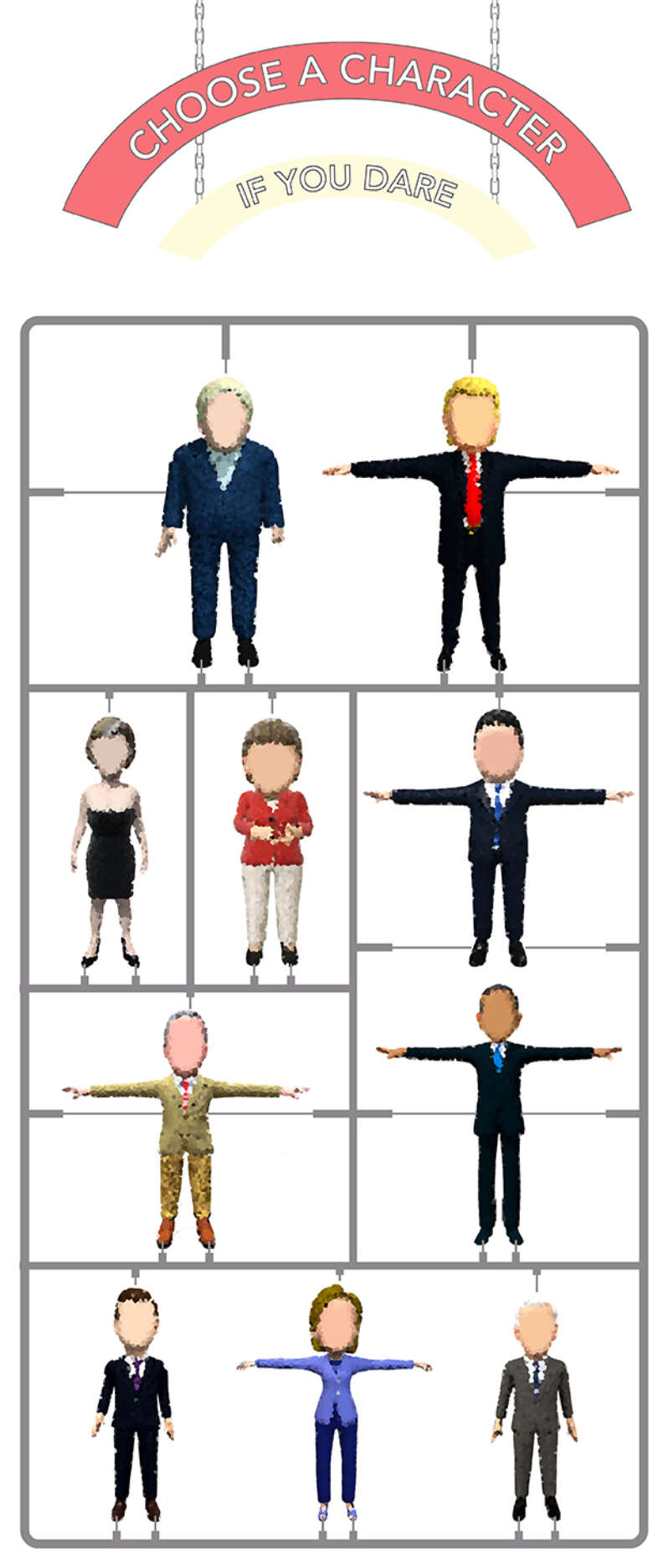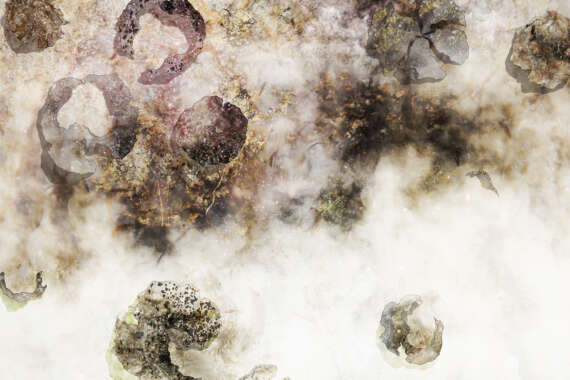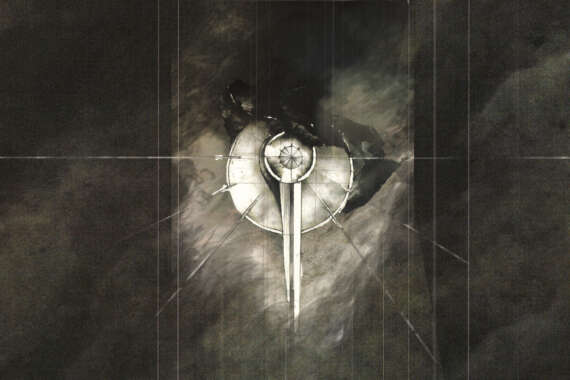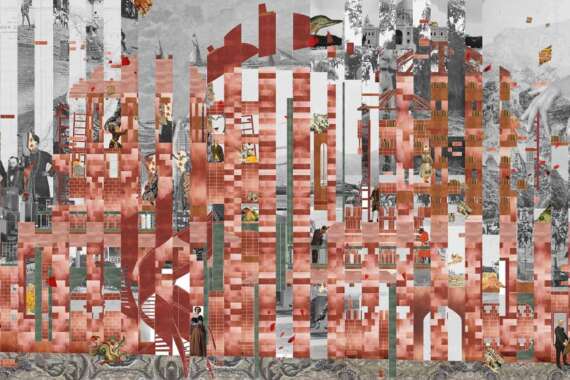Through the lens of semiotics, we unravel how, to this day, fairy tales permeate the perception and inhabitation of twenty-first-century life, and how they can, therefore, be architecturally discussed and critiqued. Stories such as these reveal an imminent shift in discourse, suggesting an architectural allegory as a relevant mode of investigation.
Using the project as a looking glass for reflection, this thesis employs the amusement park as a vehicle to question historical fairy tale tropes and morals. Imbued with persistent signs and symbols prevalent throughout history, these fairy tale stories appear less fantastical the more closely they are examined. By creating this twenty-first-century fairy tale playground within the city, the project vehicle becomes a poignant and honest commentary on the state of life in the modern world. The resulting connections begin to articulate new poetic relationships born of their own time.
For all its indelible otherworldliness, the fairy tale arrives here laden with history. Encoded with the repeating plots of tales across the centuries, it forms a mutually transformative relationship with that of both fictions and events of the past: one of backwards glances, wild anachronisms, revisionary updates and imaginary futures. This project presents a new line of flight into fairy tale architecture of the twenty-first-century.
